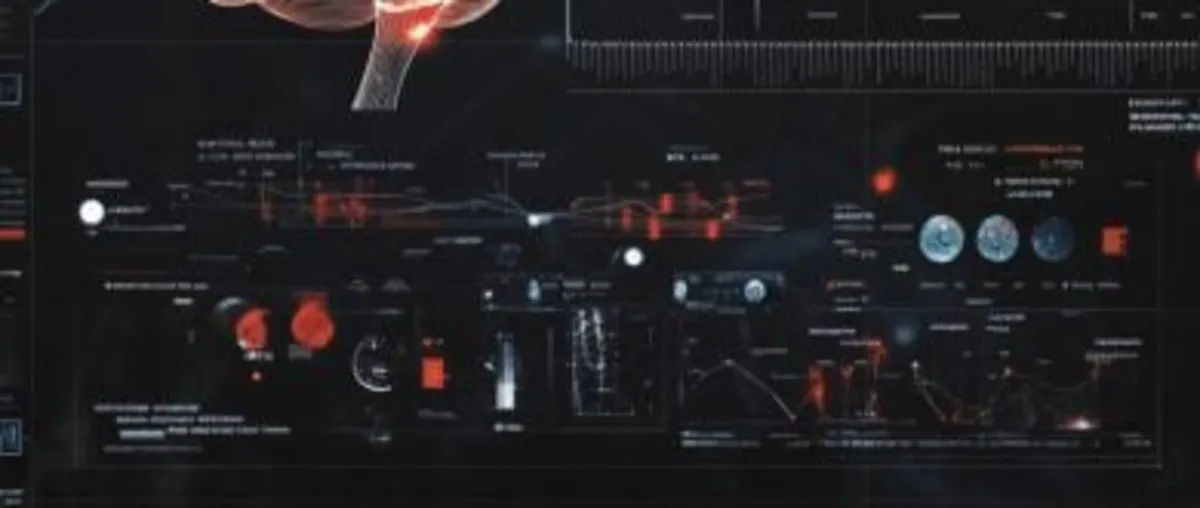
In a groundbreaking development in the field of visual neuroscience, researchers at the University of California, Berkeley have unveiled a revolutionary technology named Oz. This innovative system stimulates individual photoreceptor cells in the human eye, allowing participants to perceive a brand-new color, dubbed olo. This ultra-saturated blue-green hue is unlike anything found in nature and opens up new avenues for understanding human color vision.
The Oz technology employs microdoses of laser light to precisely activate specific combinations of cone cells in the retina. By targeting up to 1,000 photoreceptors simultaneously, researchers can generate the vivid color known as olo—a hue described by participants as a profoundly saturated teal that surpasses any natural color. “It was like a profoundly saturated teal … the most saturated natural color was just pale by comparison,” remarked Austin Roorda, a professor of optometry and one of the creators of the Oz technology.
The experience of seeing olo has been described as visually striking and deeply immersive, prompting participants to compare it with other colors. During experiments, subjects reported that olo was significantly more saturated than any common monochromatic colors. The implications of this discovery extend beyond aesthetics; the Oz system could greatly enhance research into vision disorders and the fundamental nature of human color perception.
The Oz study, recently published in the journal Science Advances, highlights the potential of this technology to probe the complexities of human vision. Researchers have found that by manipulating the activity of different cone cells, they can recreate and expand visual experiences. “It gives us a way to study the human retina at a new scale that has never been possible in practice,” said James Carl Fong, a doctoral student involved in the research.
The technology holds promise for advancing our understanding of various eye diseases and could potentially assist in simulating cone loss in healthy subjects. This aspect is particularly significant, as many visual impairments stem from the loss of cone cells. Additionally, researchers are investigating whether Oz can aid individuals with color blindness in perceiving a broader spectrum of colors.
To achieve the stunning effects of Oz, researchers first developed a detailed map of the unique arrangement of S, M, and L cone cells in the retina. This mapping allows the system to accurately target specific cones, delivering laser pulses that trick the eye into seeing colors far beyond the typical human gamut. The precision of this technology makes it possible to explore fundamental questions about how the brain interprets color and visual stimuli.
Hannah Doyle, a doctoral student and co-lead author of the study, conducted human experiments that allowed participants to experience olo. The results were overwhelmingly positive, with individuals expressing amazement at the color’s vibrancy. This process of activating specific photoreceptors is not merely about visual entertainment; it represents a significant leap forward in neurotechnology and our understanding of color vision.
The study was supported by various grants, including those from the National Institutes of Health and the Air Force Office of Scientific Research. Under the guidance of professors like Ren Ng and Austin Roorda, the collaborative efforts have led to groundbreaking findings that could transform both scientific research and therapeutic applications in vision science.
The introduction of the Oz technology and the discovery of the color olo mark a significant milestone in visual neuroscience. As researchers continue to explore its potential, the implications for understanding human vision and treating vision disorders could be profound. This innovative approach not only enriches our comprehension of color perception but also paves the way for future advancements in eye health and neurotechnology.